Depression / BPD symptoms keep Bunni's artwork small in scale, creating characters that reflect who they wish that they could be.
"my mental health has pushed me to create a visible representation of how I would want to be seen if it were possible."
This interview was one of the first pieces I shared here on Substack last year. This is a revised version.
Bunni has chosen to use a pseudonym and not to include any links to their work or online presence. Anyone I interview has the option of how much they wish to reveal and in what way.
In this interview, Bunni shares with us the experience of working through mental health challenges that impact their ability to create art. They have always enjoyed art and use it to create worlds that feel better than the one they’re living in. Feelings of worthlessness creep in and make Bunni feel guilty about buying art supplies. Depression seeps in and makes it hard to create work. And yet, the urge to keep creating is there, and doing so does help Bunni, particularly in terms of reducing self harm behavior.
What is your background with mental health and art?
I always enjoyed art and drawing growing up, before I even had an awareness of mental issues that I held. And I think that as I started to realize the result of the early years of mental illness, it made me more drawn towards art.
I have a severe level of depression, potentially bpd, and am potentially on the autistic spectrum. I’ve never looked into getting either of these looked into because they really don’t have a reason to be.
I am a traditional artist that focuses mainly on realism in colored pencil. The relation most visibly for me comes from a desire to have unfaltering control over something that I want. With colored pencils, I fully control the piece instead of running the risk of something being slightly off in terms of color, as might be the case in other mediums that I’m less familiar with.
In what ways have mental health symptoms affected/impacted/altered the content of your art?
It has made me desperate to create a world that is unrealistic.
I’ve always been a person that puts my heart and hope into something I want - I mean even the most minute things throughout life. I think that as a result, my mental health has pushed me to create a visible representation of how I would want to be seen if it were possible: A person that’s adventurous, has a sweetness to them, and is actually wanted by someone.
Lately, I’ve had a tendency for several of my characters to not have a mouth, which is also stemming from my own mental health trauma of always having to be silent, which progressed into my adulthood. To a degree, it’s creating a reality that if I can’t speak then people would like me more.
In what ways have mental health symptoms affected/impacted/altered the process of your art?
I have big issues with doing art in the sense that I always have to complete it in one sitting. This is out of a mental panic that I won’t be able to come back to it later.
Sometimes even in the middle of the drawing I feel like giving up on it. When I get depressed, I don’t want to do anything for the whole time.
With that playing a factor, I also hardly have time to get into my normal process of art because work makes me exhausted so often. The exhaustion coupled with the loneliness that I feel with my depression usually gets so far that I hold no place for a routine. And somehow makes my designs only able to remain in a small state.
Whereas, I’d love to find a way to better expand my horizons if I had ability and time to do so.
In what ways have mental health symptoms affected/impacted/altered the productivity of your art?
My mental health issues and feelings of inadequacy that stem from them feel restrictive.
I’m not a business or able to use my art as a source of income but I have had so many instances where I feel like if I had time to relax I could actually create more and feel like my existence isn’t worthless.
And that maybe I could do something that makes me experience actual happiness. Even if it’s something that I don’t believe is a possibility.
The fun stuff ... how has art been therapeutic for you? How has it helped with mental health challenges?
I used to deal a lot with self harming. When dealing with mental struggles alone, such a thing results a lot. Exploring the art world and drawing and creating my own style has allowed me to feel like there’s something real that I can hold onto. This is because it allows me to not only bring in these ideas that I have of how I would like to be seen, but I can also make my stand alone characters and pieces have their own stories and make them created to be their own representations of emotions.
How does money play into the relationship between art and mental health for you?
Money has never played a role in this aspect for me. No one has ever really expressed interest in buying my art before. So, if I were to think about this in a mental health perspective, at the most, it has made me believe that, since no one ever had bought my art before, no one ever will. Which is defeatist for sure.
I would love it if I didn’t hate myself a bit each time I bought art supplies. While drawing does make me feel like I’m capable of being more than an irrelevance in life, things can reach a heavy monetary point that makes my brain rushed with thoughts of why I should have never wasted money on something that it doesn’t believe I hold skill in.
Are there any artists I should be studying to learn more about the relationship between art and mental health?
While I don’t have any recommendations on this end, I think that the book The Psychopath Inside would be a good option.
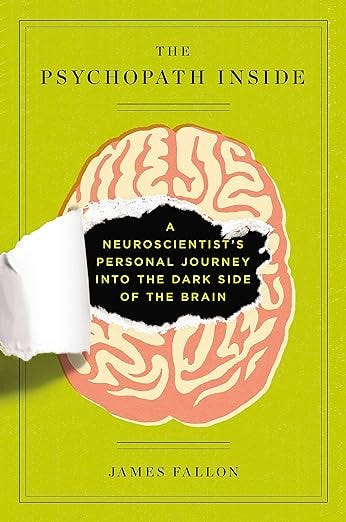
It doesn’t hold a real artistic relation; however, the book allowed me to realize the complexities of the human mind are present in people that function just fine. And it made me see things as being more than simply a straight line spectrum. There are several branches and turns that are beyond an ability to communicate what makes a person fit the label that they would be traditionally given based on borderline information and generalization.
Is there anything else you would like me to know?
Art has always been something attached to the mental health of a person. It’s what makes the ability to have so many different styles exist. As artists, we need to learn how to avoid ignoring mental health issues. And instead find a way to work with it and paint something beautiful that uses the dark side of emotion to tell the story and keep record of when we were at that low point and when we reached the other end of that stretch.
I have read through this interview several times and I get chills each time at the way Bunni describes creating characters who have no mouth. I have seen similar imagery come up in art therapy writings over time and it’s just such a powerful thing - expressing the voicelessness that can come out of trauma. In Bunni’s case, it’s deeply linked to the feeling that they’d be more liked as a human if they were silent, which is such a sad thought … but also makes me glad that art is an outlet for expression for them. We all deserve to be heard and our speaking voice isn’t always the way for that to happen.
Also powerful is this idea of creating characters that reflect who they would rather be … I have understood this through writing but never thought about it through visual art, even though it makes a lot of sense. And I wonder if there’s a way to work with that to create a sense of wholeness and of accepting ALL the parts of the self rather than just creating an idealized version. That’s up to Bunni, of course, but it’s what comes to mind - that this aspect of the art could be healing if utilized in a slightly different way. I think Bunni touches on this when saying, “I can also make my stand alone characters and pieces have their own stories and make them created to be their own representations of emotions.”
More than anything, what I see here is a persistence of the creative urge despite the influence of trauma and depression. These things find various ways to try to limit Bunni’s creating - keeping the scope of the work small and limited to one sitting, for example. I, myself, have often felt the way that depression simply makes it impossible to create. And yet, somehow, the urge to create wins at times, and this helps in the healing process.
If you read this far, perhaps you liked the work. The work does take work. It only continues with support, so please consider subscribing. My annual rate starts at $10 per year.




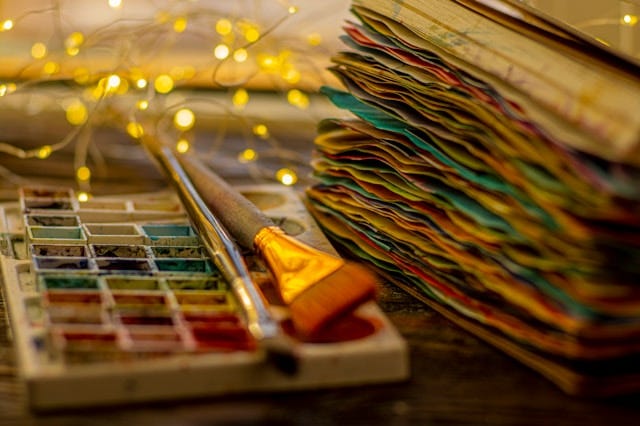

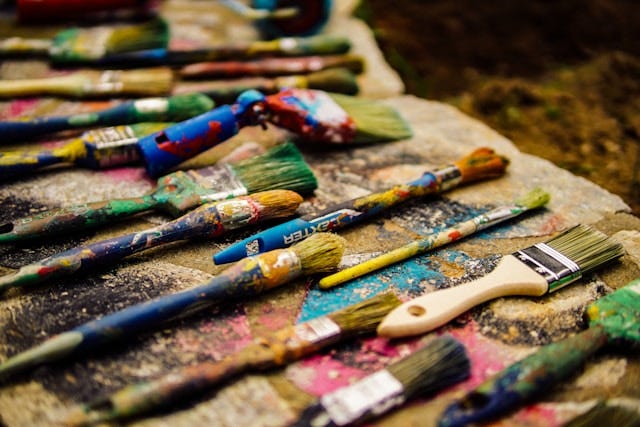
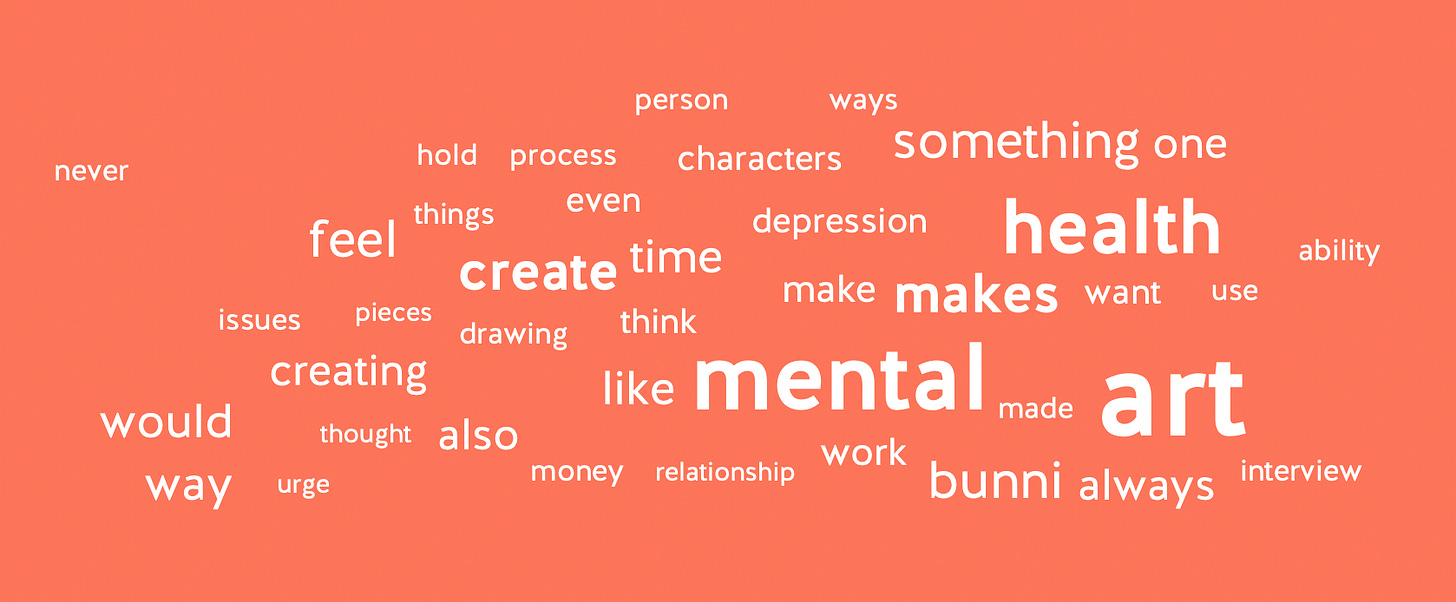
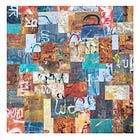
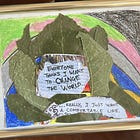

This was incredible. Thank you so much for sharing.